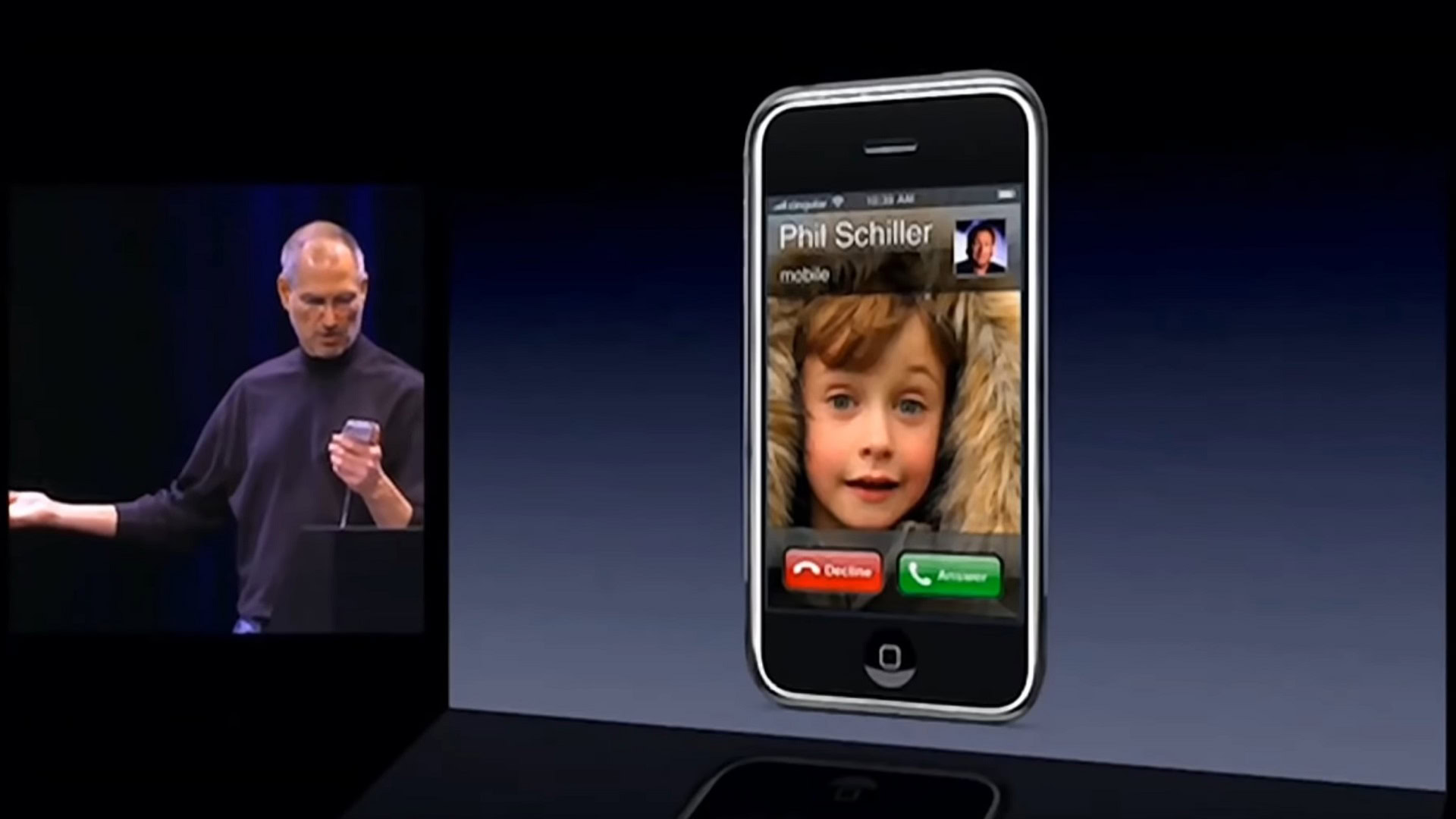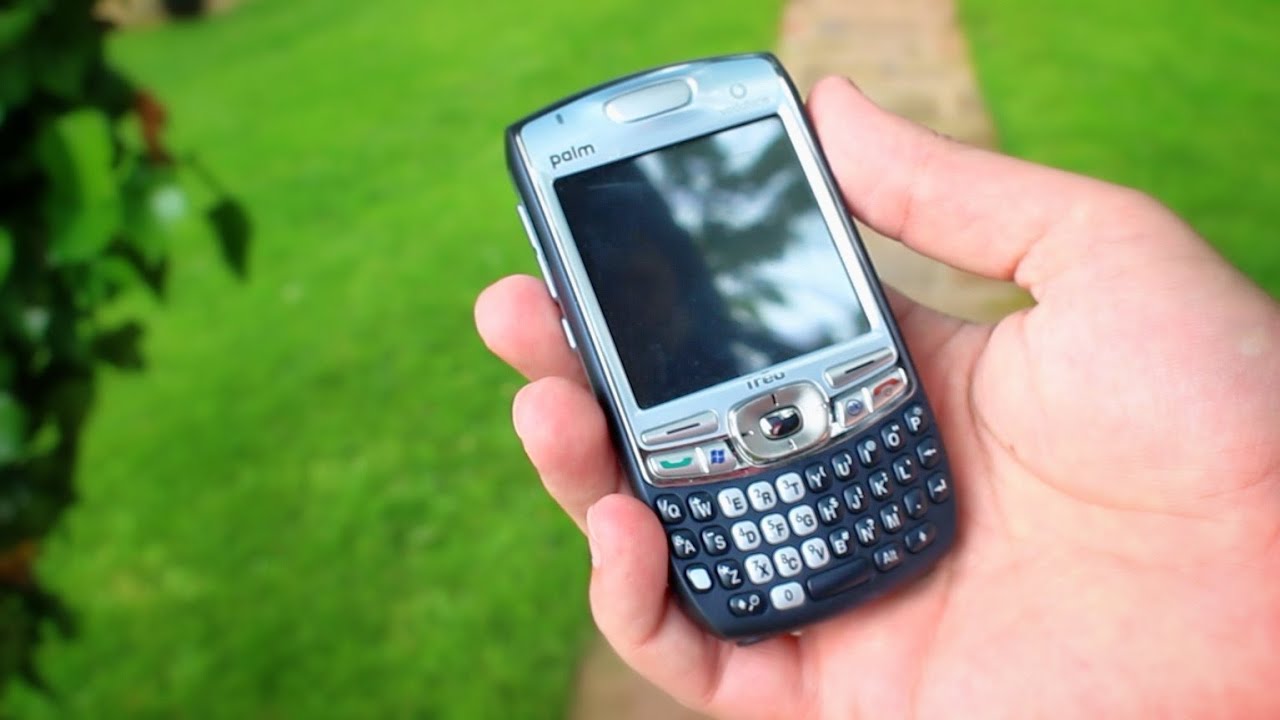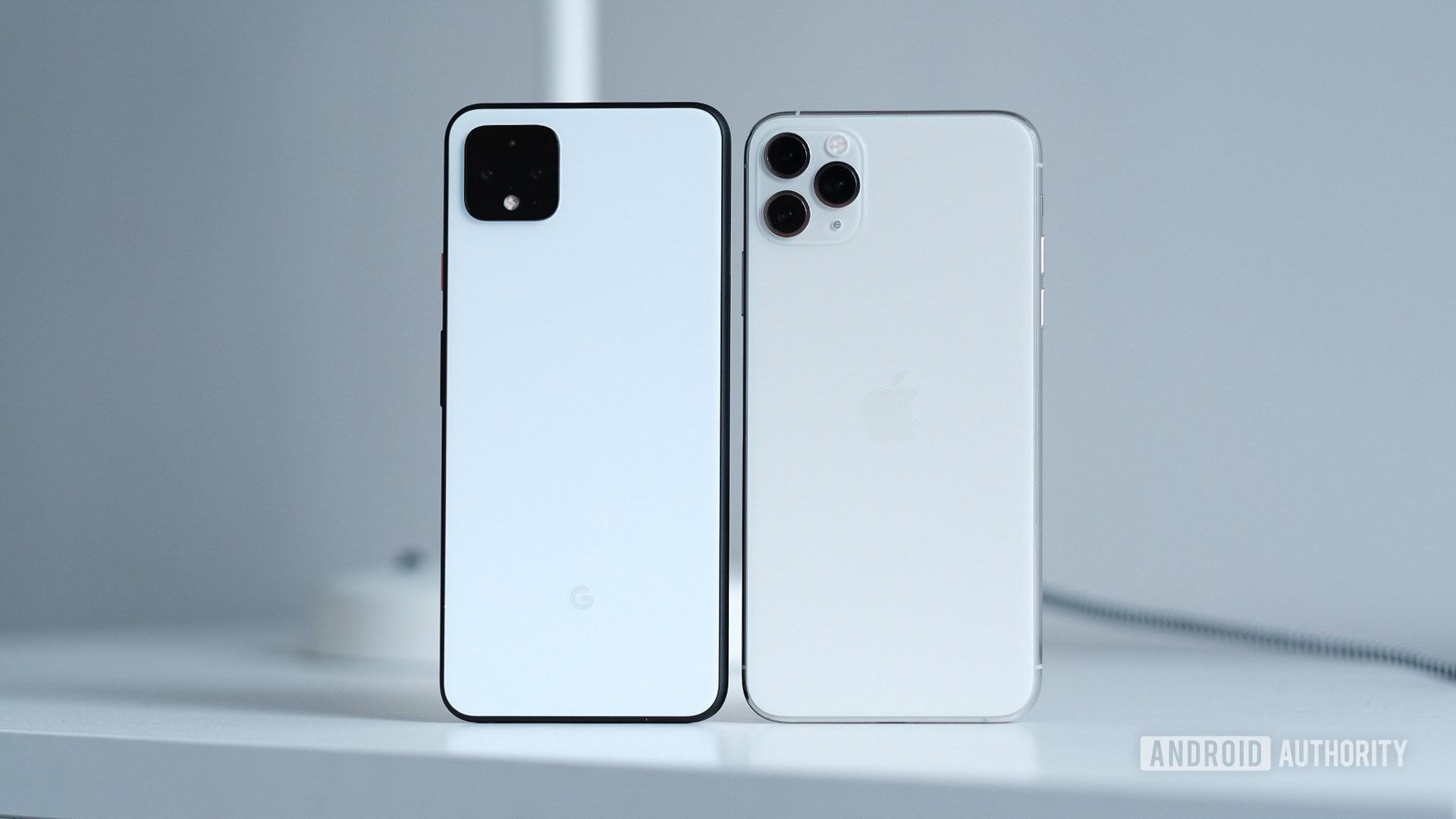Affiliate links on Android Authority may earn us a commission. Learn more.
The iPhone turns 13 today and there's been nothing like it since
Published onJanuary 9, 2020

Today, the first iPhone turns 13 years old. On January 9, 2007, then Apple CEO Steve Jobs showed off the device for the first time at the MacWorld Conference & Expo. Even if you’re not a fan of Apple or the iPhone, that was still an incredibly important event.
Take a look at your current smartphone. It doesn’t matter if you’re an iPhone or Android user, if your phone is cheap or expensive, or if its the latest-and-greatest or five years old. Just look at it and tell me: how is it different from the first iPhone?
It’s certainly a lot bigger than the original iPhone and definitely has a sharper resolution. Depending on its age, it likely doesn’t have a physical button on the front and most likely doesn’t have a back panel made of metal. It also very likely has a selfie camera.
These are all details though. From a ground-level perspective, what is really different about your phone as compared to the first iPhone? Unless you have some sort of superphone from the future, the real answer is not much. That’s because, over the past 13 years, all the mobile industry has done is to tweak the original iPhone making it better and better each year. But the game-changing effect the iPhone had on the industry — and the world — still has no equal.
The first iPhone: Standing on the shoulders of giants

Just because the first iPhone changed the world doesn’t mean there was nothing else like it prior. In reality, all Steve Jobs, Jony Ive, and the rest of the Apple team did was take the best of what the smartphone industry had done up until that point and add in just enough innovation to make it a masterpiece.
In the image above, you’ll see the Palm Treo 750. That device launched on January 8, 2007 — the day before the iPhone. The Treo line looked very similar to BlackBerry phones, which, at the time, were some of the most popular smartphones on the market. The HTC Touch came out later in 2007, and it still had a stylus on board.
Apple saw the limitations of devices such as these — too many buttons, clunky touchscreens that sometimes required a stylus, limited internet-based features — and fixed them. The result is the iPhone, which looks and functions wildly different from nearly every competitor at the time.
In fact, the only contemporary device that could even come close to the design and features of the iPhone was the LG Prada. However, the Prada was significantly more expensive than the iPhone and LG didn’t have the marketing chops of Apple, so you likely have never even heard of that device. By contrast, six out of ten Americans in 2007 knew about the iPhone before it even came out.
Some might say that Apple didn’t truly invent the first iPhone (or any of its products) because it only refined pre-existing technology — “standing on the shoulders of giants” as the saying goes. However, I could use that same argument to claim that the automobile is simply a smaller, more refined locomotive, or that contact lenses are just very small eyeglasses. But those would be ridiculous statements, as those inventions wholly changed how we interact with the world. Just because they wouldn’t have existed without prior inventions shouldn’t belittle their impact.
Like it or not, the iPhone is the template

If you look back before the first iPhone, you don’t see any smartphones that look like it. If you look at modern smartphones now and since, you see a lot of similarities.
Granted, there have been plenty of attempts to do away with the iPhone template. The 2010 Motorola Backflip was one of the more novel attempts at marrying an iPhone design with a physical keyboard. The 2011 Sony Xperia Play tried to mix a portable game console with a smartphone. That same year, the Kyocera Echo tried to make a smartphone with two displays popular (in hindsight, it was just ahead of its time).
All of these novel concepts failed. Even Google’s Project Ara, which attempted to create a modular smartphone, never took off. It seems that, so far, any attempt made to deviate from the iPhone template results in failure, at least from a market perspective. For whatever reason, consumers have chosen the design basics of the iPhone as the default.
Even now, we’re being led to believe that we’re on the cusp of a foldable phone revolution. The Samsung Galaxy Fold, HUAWEI Mate X, and the still-unreleased Motorola Razr are supposedly going to do away with the iPhone slate design and bring in something new. However, the problems surrounding the Galaxy Fold launch and Huawei’s ongoing issues have prevented foldables from taking any wind out of the first iPhone design’s sails. The Razr could be the one that breaks the mold, but that has yet to be seen.
The bottom line is that 13 years ago today, the first iPhone changed everything. Nothing has come along since that’s caused a shift from that phone’s design to something altogether different. Eventually, something will come along and do just that, though. The question then becomes this: will Apple do it, or will we be writing about a different product from another company 13 years from now?